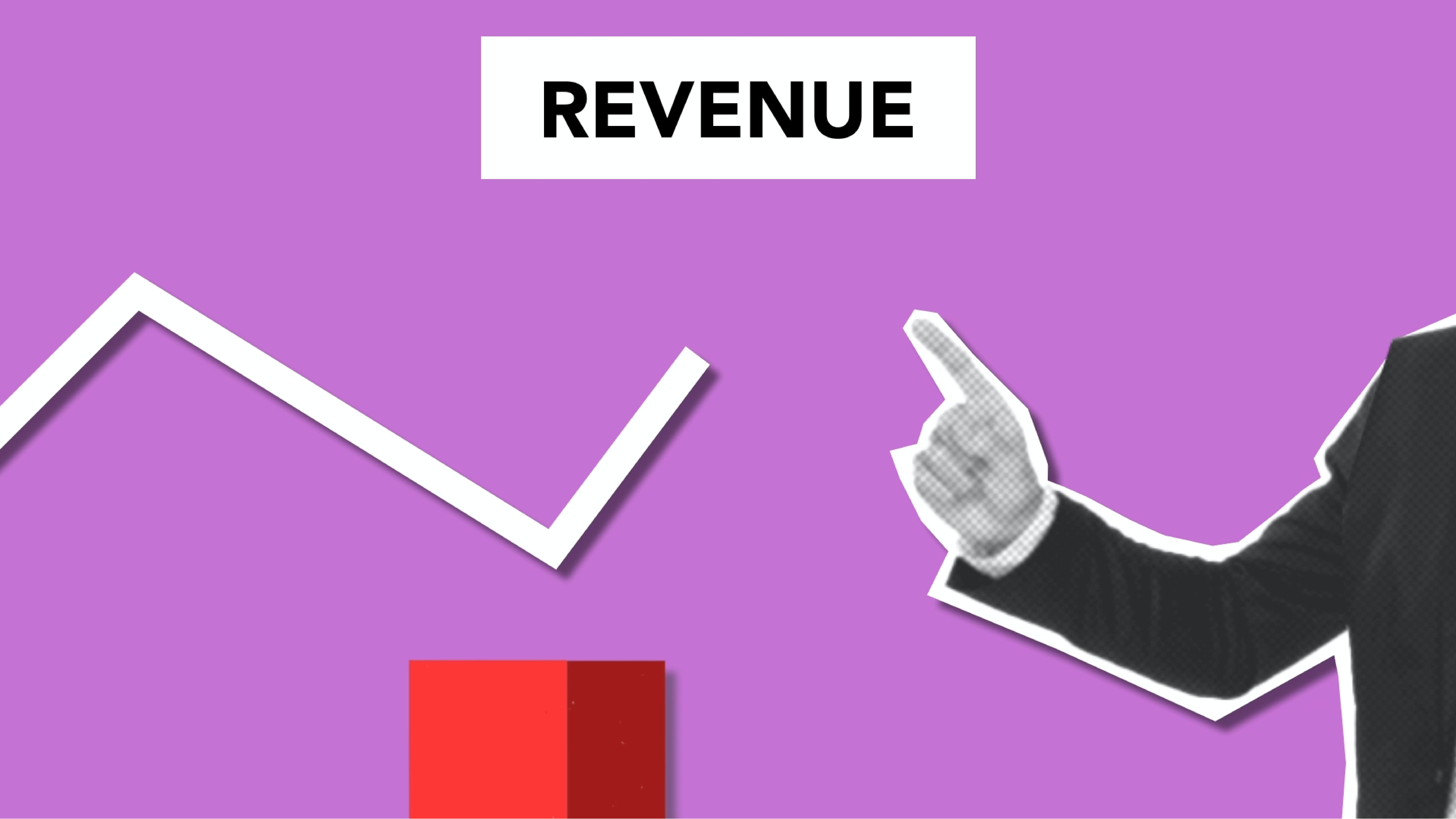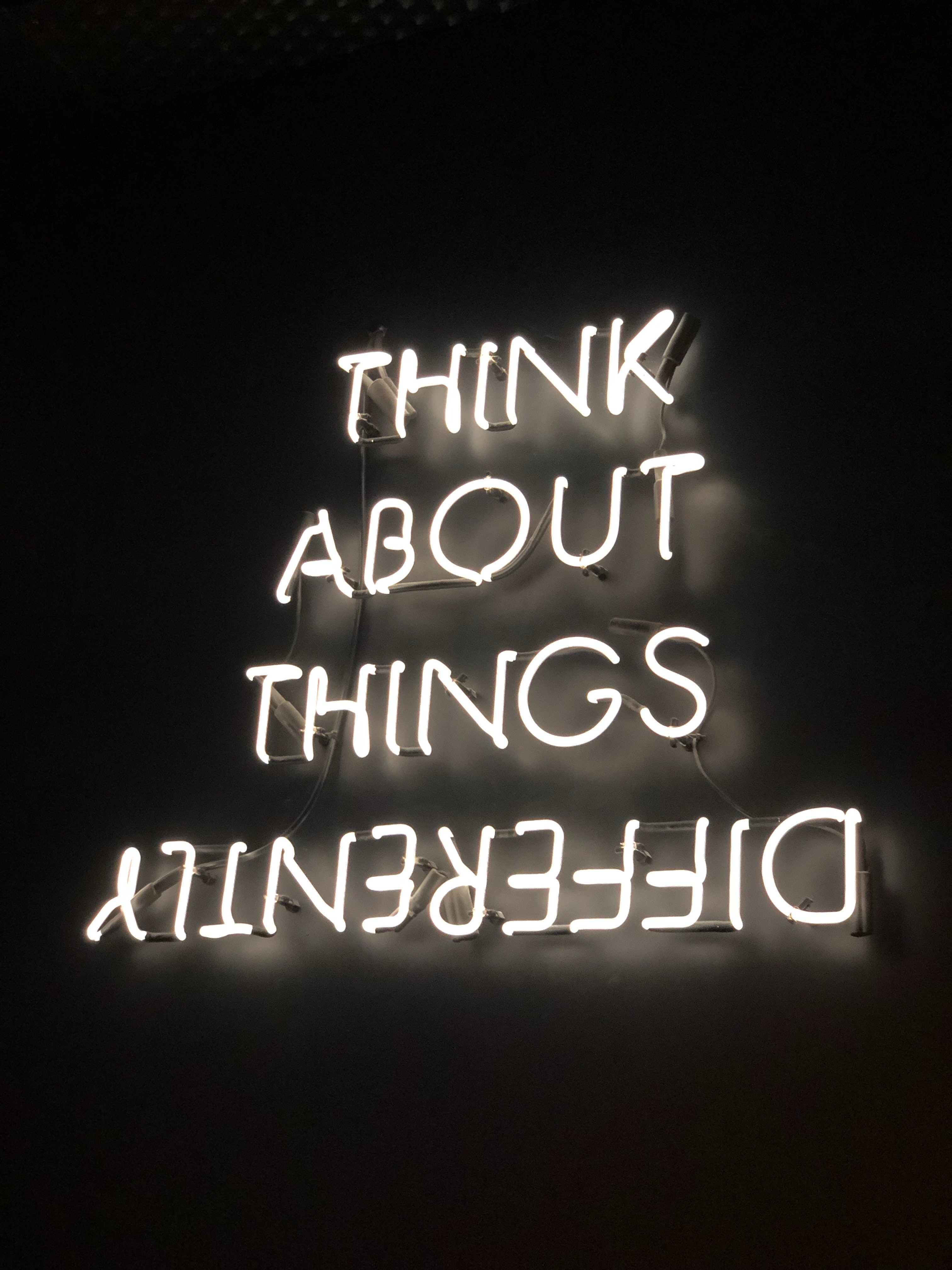
We’ve all been told at some point in our lives that we need to “think bigger”. But what does that mean exactly?
Well, that can mean different things to different people depending on the context of the situation. For the purposes of this series, we will start with 3 areas of focus:
- How to turn a single project into a strategic partnership
- Inclusion: How thinking smaller leads to bigger things
- Thinking outside-the-box: Applying UX Research to atypical business problems
As this series evolves, we will explore additional topics where thinking bigger can help you and/or your organization grow.
However, in this introductory ‘Thinking Bigger’ blog post, we’ll focus on the “Thinking Bigger” mindset. There are some general questions you can ask yourself when trying to think bigger for almost any situation. Questions such as:
- What is the root of the problem that needs to be solved?
- You should be honest and willing to expose the problem, even if it is painful, as you can never truly solve the problem unless you tackle it head on
- The problem may be a part, a process, a person, a vision or philosophy, the budget, the plan, etc.
- It can sometimes even be a combination of things
- Do you have the freedom to solve the problem?
- Do you have the authority and means to try to solve the problem?
- If not, do you have access to those who can?
- If you do, are they willing to help and commit to solving the problem?
- If you don’t, what can you do in the interim to get the attention of those you need to address the real problem?
- What impact does your solution to solve the problem have on related workstreams, functions, processes, budget, technology, culture, etc.
- Will your solution need to be applied across other areas for consistency?
- What, if any, impact does it have in regards to tech lift and overall costs?
- Is your solution ethical, inclusive and equitable?
- How can this solution be applied to other areas of the business?
- How might others in unrelated areas benefit from this solution?
- How can you socialize the solution across the business to ensure others are aware and that siloing is prevented?
- How can you measure success once the solution has been applied?
- Are there KPIs you can refer to?
- Can you benchmark performance before and after the solution has been applied?
While these questions are not inclusive of every situation, they are a good foundation for how to approach a problem and think about solving it. It’s always a best practice to think not just about how your solution can solve the question in front of you, but how that solution can impact other problems, processes or areas of the business systemically. Just remember, solving the direct problem may only be the tip of the iceberg. By starting to ask yourself questions similar to those above, you begin to think at a higher level and affect true change across the board. Now you’re thinking bigger.
Here at Key Lime Interactive, our consultants are trained to think through solutions and provide recommendations that not only address your objectives, but also provide other insights to think through as you make updates to your experience. If you are looking for a UX/CX research, strategy, or design partner, please visit us at www.keylimeinteractive.com. Or feel free to contact us to learn more about how we can help you and your organization think bigger!
Thanks for reading and stay tuned for more to come!










Comments
Add Comment